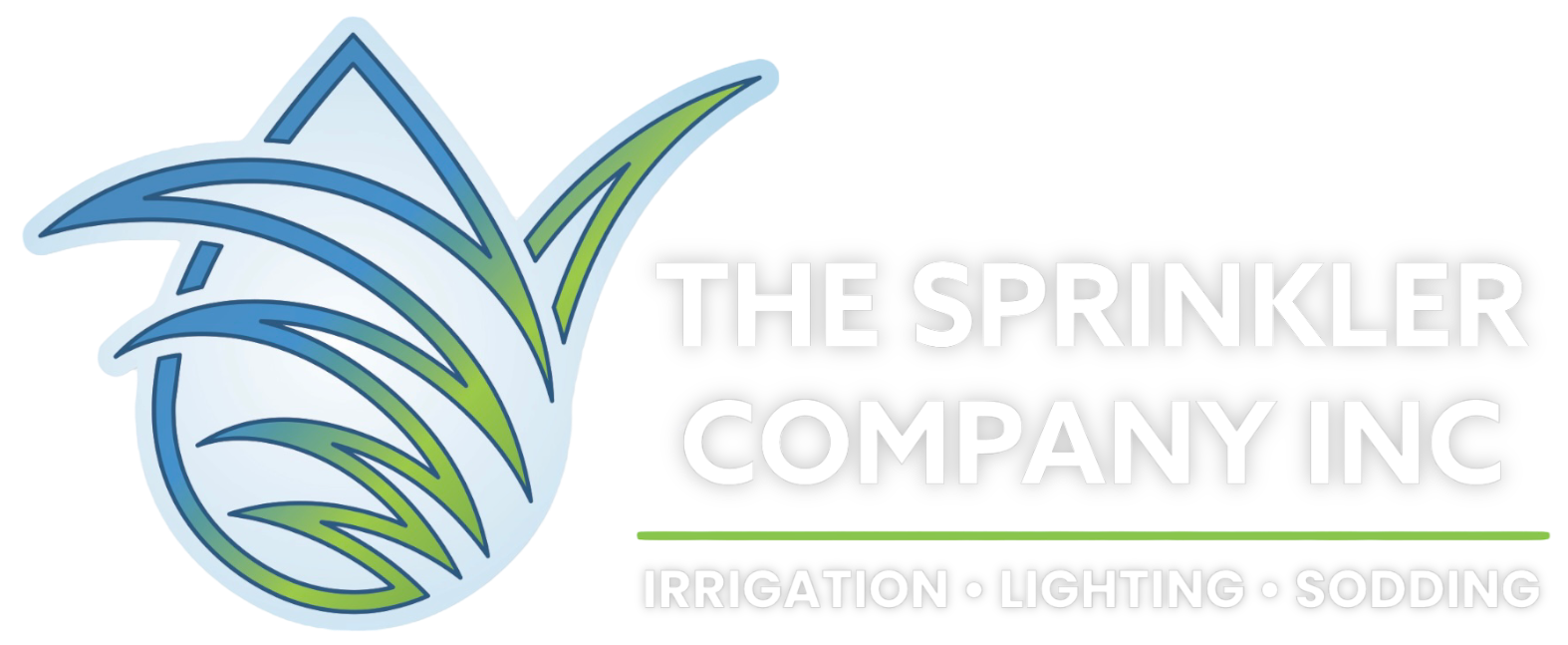Pond Paradise
Transform Your Backyard with Pond Paradise
Easy Ecosystem
Create an Easy Ecosystem with Pond Installation
Tranquil Waters
Discover Serenity with Tranquil Waters
Pond Parts
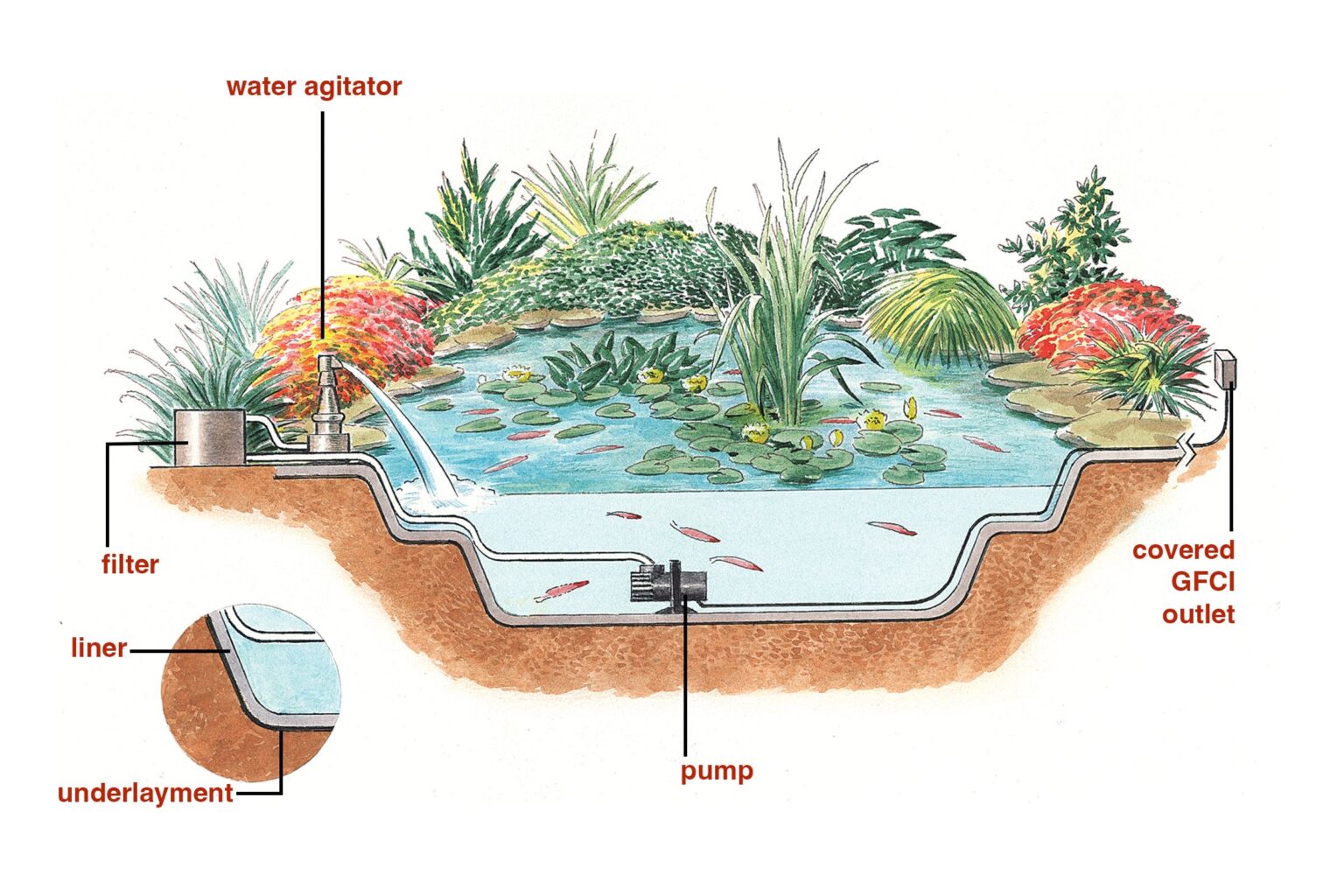
A clean, healthy pond requires a few key elements to keep water contained, fresh, and filtered
Maintains oxygen levels in water. Agitators include fountains, waterfalls, and bubblers.
Purifies the water supplied by the pump.
Safeguards against water leakage into the ground.
Shields the liner during installation, preventing punctures and excessive stretching.
Facilitates water circulation, directing it through the filter and towards the waterfall or fountain.
Supplies power to the pump. Equipped with automatic tripping to prevent potentially fatal electric shocks.
Parts Explained
Pond Filter
Pond Outlet
Pond Base
What is the range of costs for pond installation?
Backyard pond costs can vary significantly based on several factors. At the lower end of the spectrum, home-center kits offer a starting price of around $70. These kits generally provide a simple 9-square-foot pond with a capacity of 84 gallons. However, for larger and professionally installed ponds, a more typical size of 176 square feet can start at approximately $5,000. It’s important to note that the final cost can depend on additional features, such as landscaping, filtration systems, or decorative elements.
For those with more ambitious plans and a desire for grandiose designs, the cost of backyard ponds can easily exceed $50,000. This higher price range often includes larger pond sizes, intricate designs, premium materials, advanced filtration systems, and professional installation. It’s essential to consider your budget, desired features, and long-term maintenance requirements when planning a backyard pond, as these factors can significantly impact the overall cost.
When it comes to larger ponds that are longer than 6 feet on each side and deeper than 18 inches, it is generally recommended to hire professionals. These projects involve extensive digging and heavy work, making it more suitable for experts in the field. On the other hand, smaller ponds can be viable DIY projects. However, it is advisable to leave the plumbing and electrical work to professionals for safety and efficiency.
The longevity of a backyard pond depends primarily on the quality of the liner used. The best liners typically come with a 20-year warranty and can last anywhere from 30 to 40 years, ensuring a considerable lifespan for your pond.
The maintenance of a backyard pond involves some ongoing costs. Running a pump for a typical 176-square-foot pond requires approximately $260 in electricity expenses per year. Filters need regular cleaning to maintain optimal performance. If you prefer to have professional assistance, hiring a pond-maintenance firm typically starts at around $150 per year. Regular maintenance is essential to keep your pond in good condition and ensure its longevity.
Ideally, ponds should receive sunlight in the morning and shade in the afternoon. This balanced exposure helps keep the water cooler, which discourages the growth of algae blooms and promotes a healthier pond environment.
While a tree's afternoon shade can be beneficial, placing a pond directly under a tree's branches will lead to frequent clogging from leaves, seeds, or needles unless constant maintenance is provided. If there is a young tree nearby, it's crucial to consider its mature spread before finalizing the pond's location to avoid future issues.
It is recommended to have the pond within sight from your house to ensure regular attention and maintenance. Additionally, if the pond is placed more than 20 feet away from your patio, you may not be able to hear the soothing sounds of water features such as waterfalls or fountains.
Different Types of Backyard Ponds
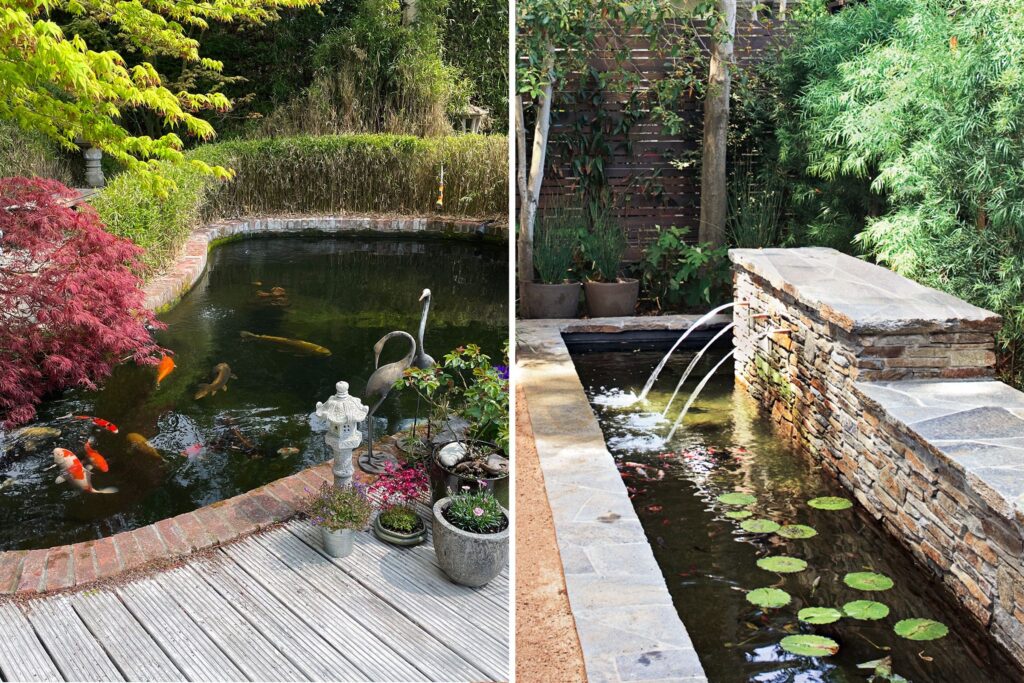
Natural Ponds
Blending seamlessly, these ponds integrate native stones, plants, and irregular edges with the landscape.
Seminatural Ponds:
Embracing popularity, these ponds feature free-form edges adjacent to brick, concrete, or stone patios, with a mix of native and non-native plants
Formal Ponds
Geometric elegance defines these ponds, often lined with costly mortared stone or poured concrete, suitable for reflecting pools or showcasing fish, with sparse or no plantings.
Top Plant Choices for Backyard Ponds
Cattail (Typha latifolia)
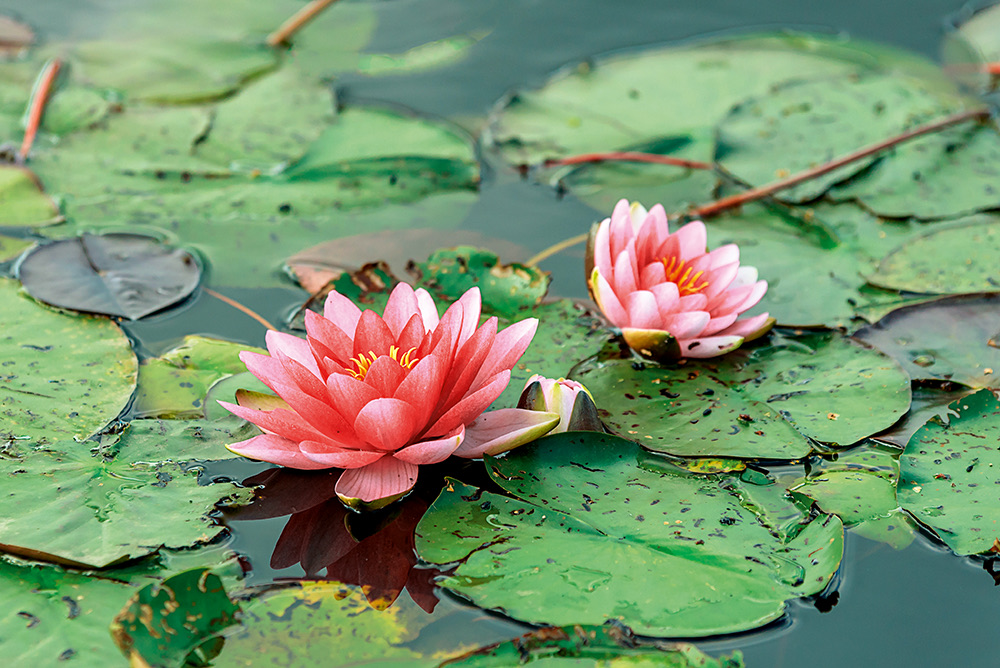
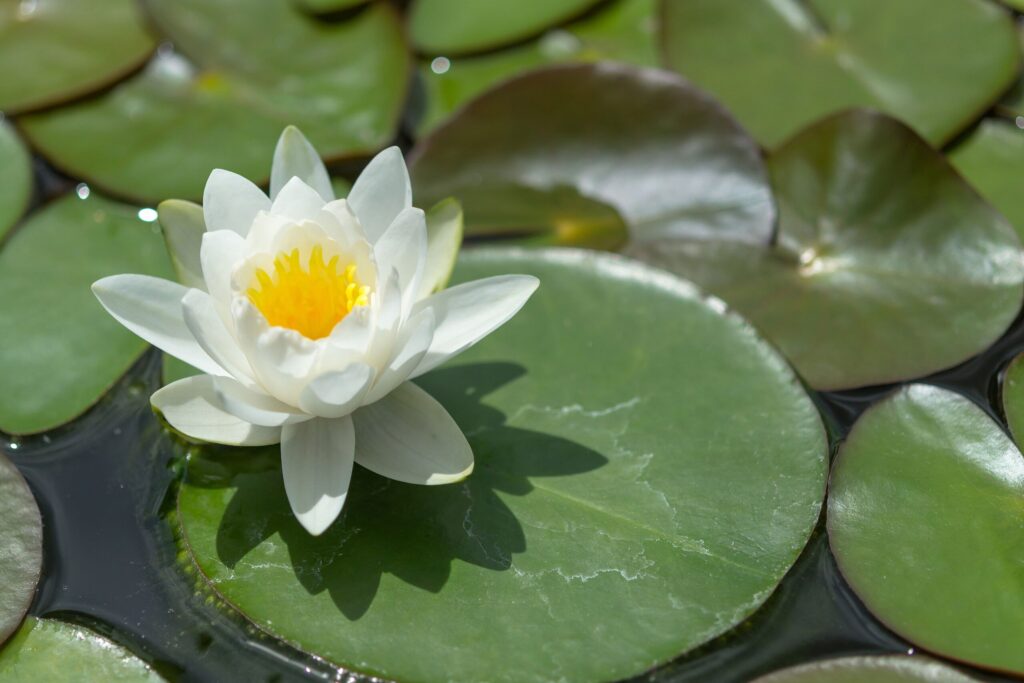
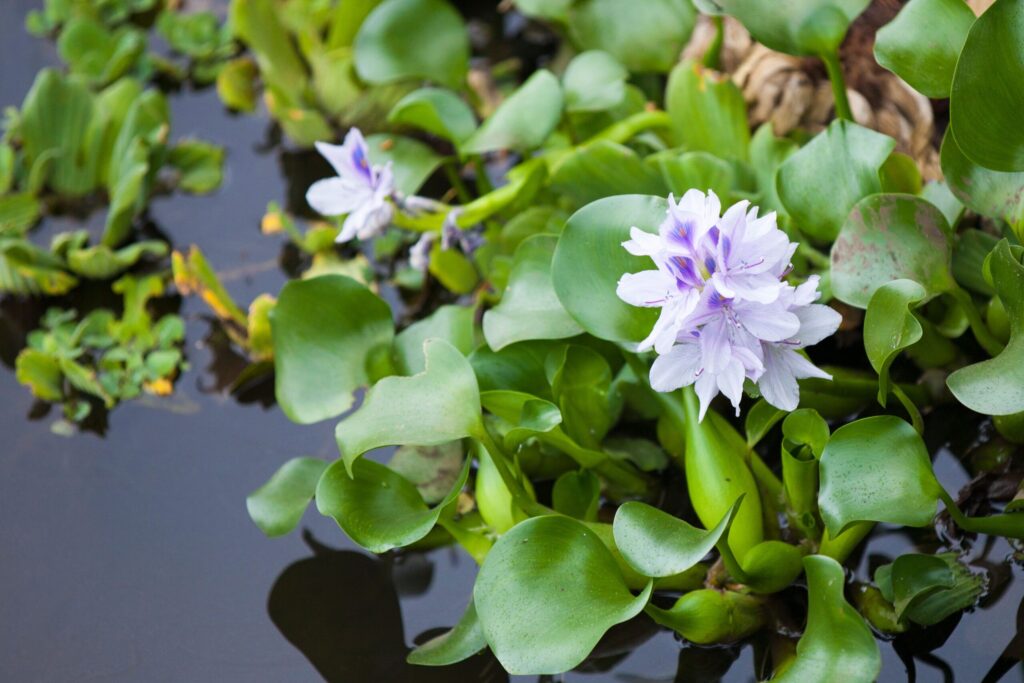
Thrives in the vicinity of pond boundaries, flourishing in damp soil or shallow water. Its hollow stems ensure a constant supply of oxygen to the root zone and fish throughout the year. This perennial plant showcases spear-shaped foliage that can reach an impressive height of 10 feet.
Iris (Iris versicolor)
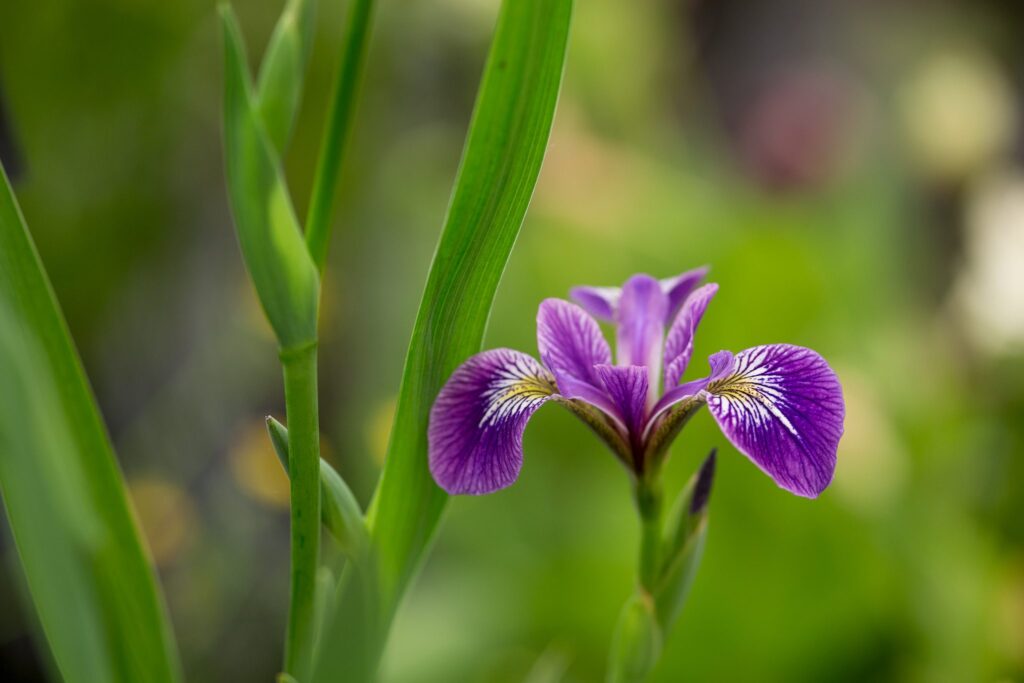
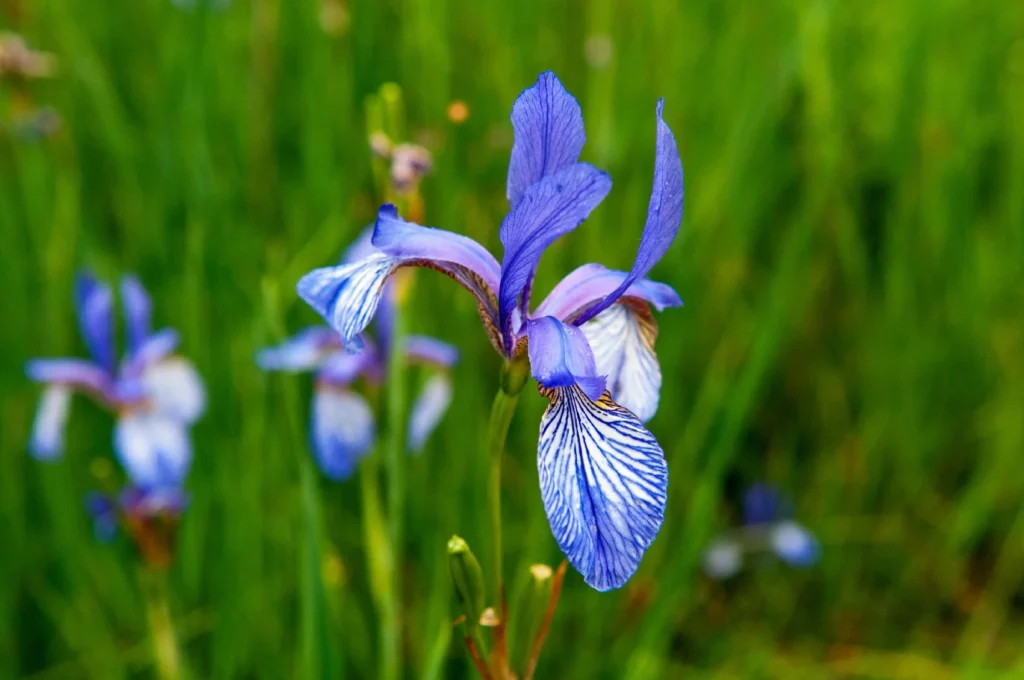
Ideal for container planting, this iris species thrives when submerged in 3 inches of water. It produces striking flowers measuring 5 inches in width, displaying shades of blue or purple atop 24-inch stems. This plant can tolerate partial shade and is a perennial, with gracefully arching leaves that can grow up to 30 inches tall.
